22 / March / 2023 : 15-20
Navigating Business Development Stages: From Conception to Growth
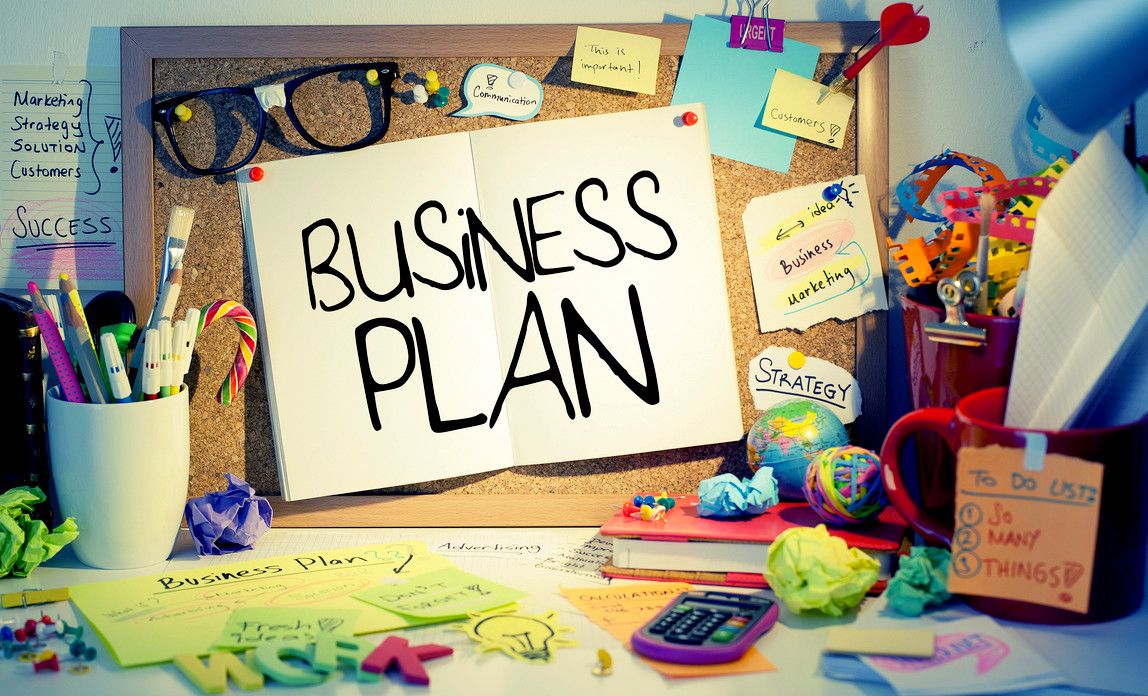
Starting and growing a business involves traversing through several key stages. Understanding these stages can provide valuable insights and guidance on the path to business success. Let's explore the typical business development stages:
Conception and Idea Generation: The first stage involves conceiving a business idea. This is the moment when inspiration strikes, and you identify a problem to solve or a unique opportunity in the market. You brainstorm ideas, conduct research, and begin shaping your vision for the business.
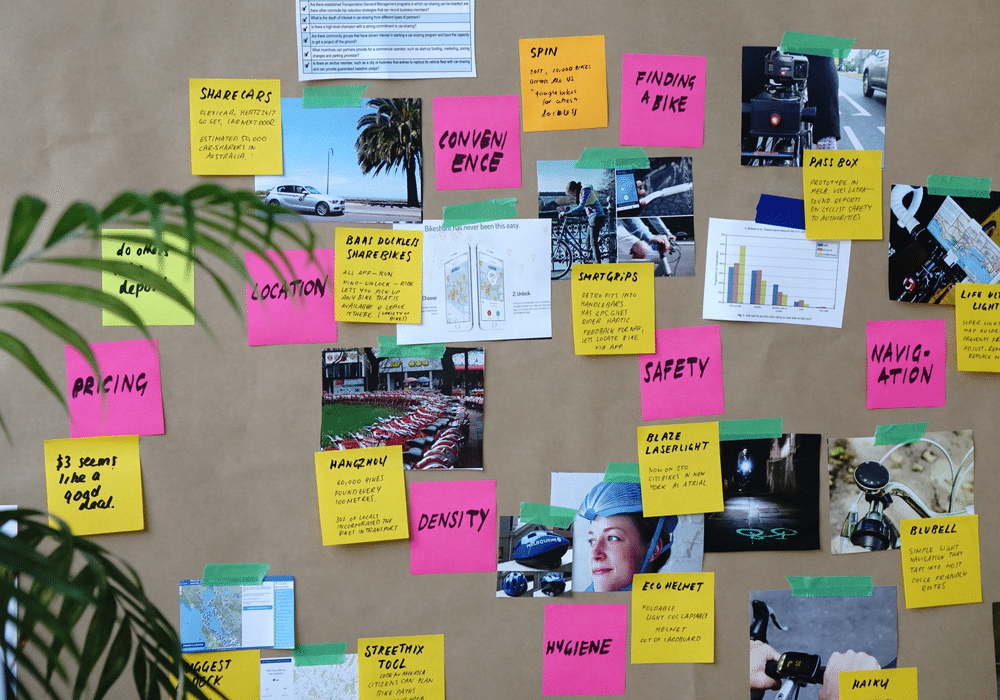
Market Research and Planning: Once the initial idea takes shape, it's essential to conduct thorough market research. Identify your target audience, analyze competitors, and assess market demand. Develop a comprehensive business plan outlining your goals, strategies, financial projections, and marketing approaches.
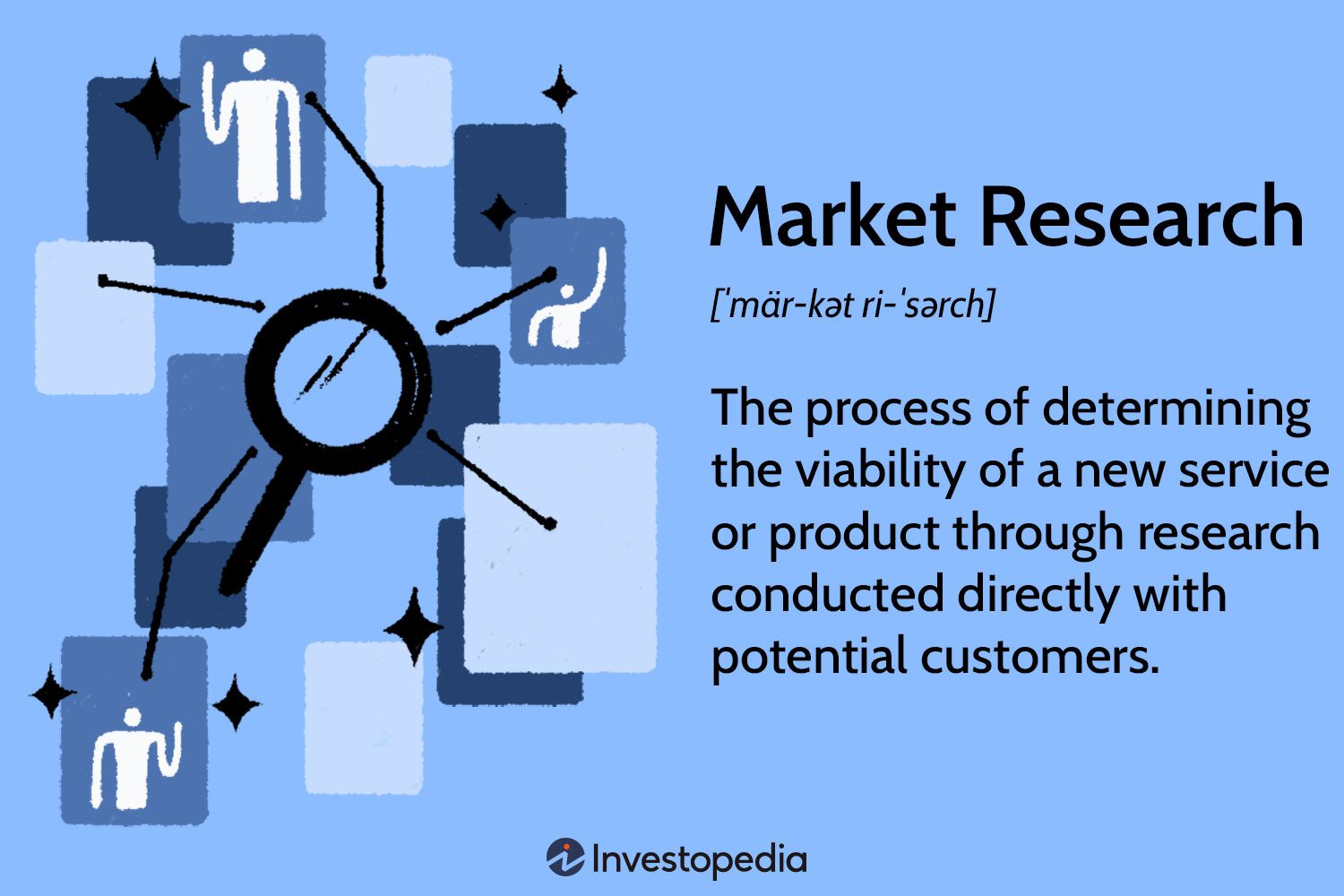

 Growth and Expansion: As your business gains traction, the focus shifts towards growth and expansion. This stage involves scaling operations, increasing sales and revenue, and exploring new markets or customer segments. It may require hiring additional staff, investing in infrastructure, or expanding product lines. Strategic partnerships and collaborations can also fuel growth during this stage.
Growth and Expansion: As your business gains traction, the focus shifts towards growth and expansion. This stage involves scaling operations, increasing sales and revenue, and exploring new markets or customer segments. It may require hiring additional staff, investing in infrastructure, or expanding product lines. Strategic partnerships and collaborations can also fuel growth during this stage.
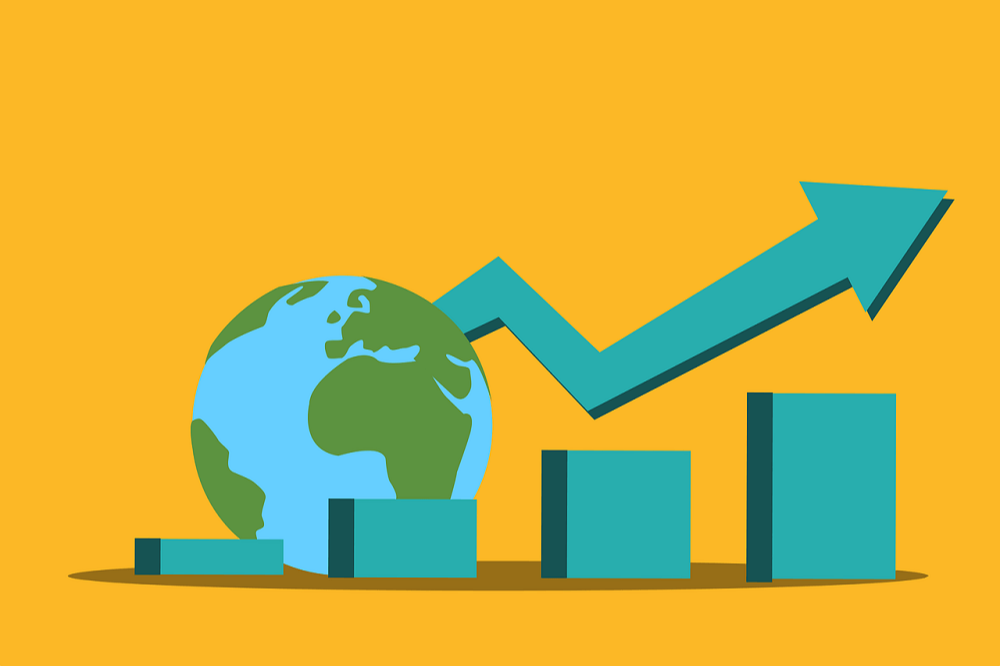
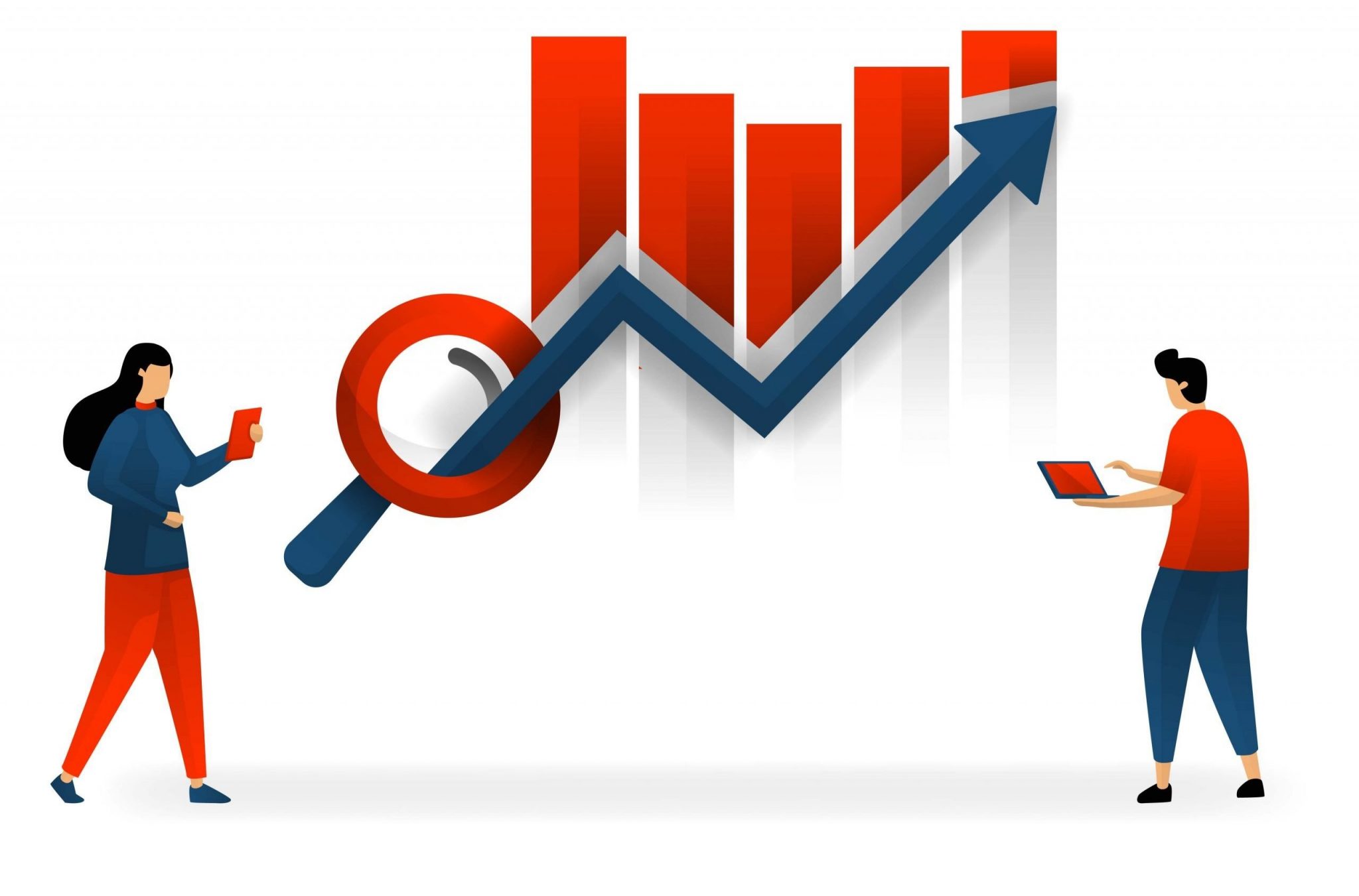
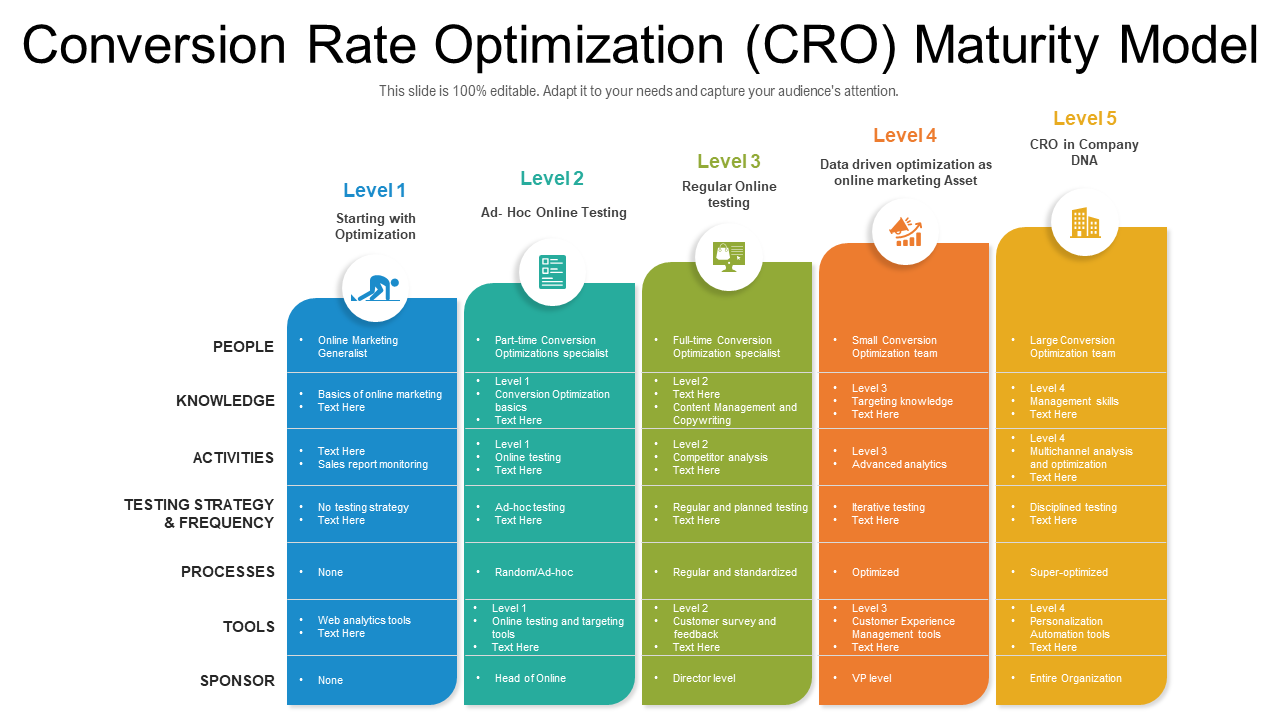 Diversification and Innovation: To stay relevant and adapt to changing market dynamics, businesses often enter a stage of diversification and innovation. This involves exploring new markets, launching new products or services, or expanding into related industries. Embracing emerging technologies, trends, and customer preferences can fuel continued growth and open up new opportunities.
Diversification and Innovation: To stay relevant and adapt to changing market dynamics, businesses often enter a stage of diversification and innovation. This involves exploring new markets, launching new products or services, or expanding into related industries. Embracing emerging technologies, trends, and customer preferences can fuel continued growth and open up new opportunities.
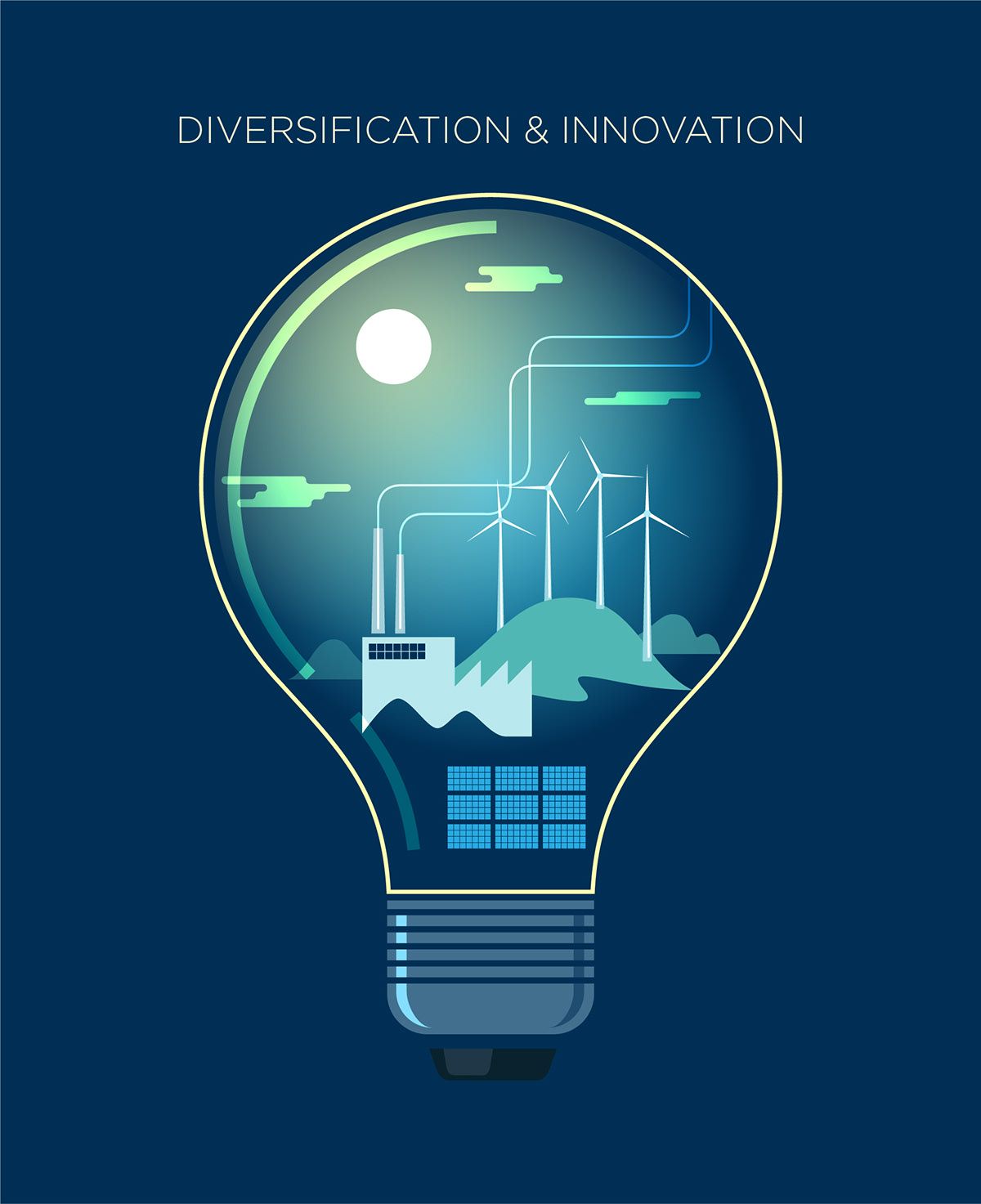 Exit Strategy or Succession Planning: In this final stage, entrepreneurs consider their exit options or succession planning. It could involve selling the business, passing it on to a family member or trusted associate, or exploring public listing or merger opportunities. This stage requires careful planning and execution to ensure a smooth transition and maximize the value of the business.
Exit Strategy or Succession Planning: In this final stage, entrepreneurs consider their exit options or succession planning. It could involve selling the business, passing it on to a family member or trusted associate, or exploring public listing or merger opportunities. This stage requires careful planning and execution to ensure a smooth transition and maximize the value of the business.
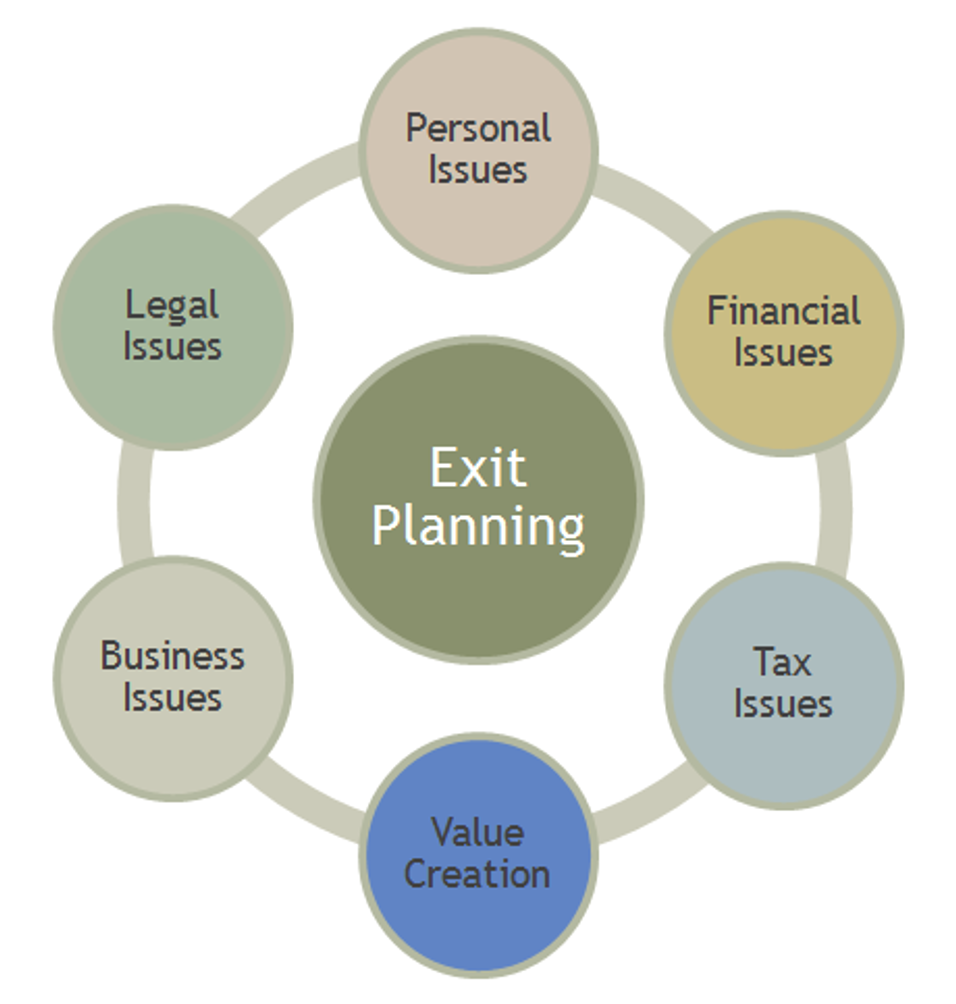 Understanding these business development stages can help entrepreneurs navigate challenges, set realistic expectations, and make informed decisions at each phase of the journey. Remember that every business is unique, and the timing and specifics of each stage may vary. By embracing the process of business development, you can chart a path towards sustainable growth, profitability, and long-term success.
Understanding these business development stages can help entrepreneurs navigate challenges, set realistic expectations, and make informed decisions at each phase of the journey. Remember that every business is unique, and the timing and specifics of each stage may vary. By embracing the process of business development, you can chart a path towards sustainable growth, profitability, and long-term success.

Published on 22 / March / 2023 : 15-20
Published by
Liana Aloyan
Journalist, columnist. Liana studies at the Faculty of Russian Philology of Khachatur Abovyan State University. She has been working at Yelaket (Yelaket.am) news agency since 2019 as a journalist and columnist. Writes articles about business and marketing. Liana is a member of "Media association" since 2020.
Viewed
807times
Recommended
21 / February / 2020
Where Do The Richest Americans Live?
Have you checked the newest "Forbes 400: The Full List of The Richest People in America" yet?
Surprise, Bill Gates, with a net worth of $81 billion, is ranked No. 1 for the 23rd year running....
17 / June / 2021
Gold loses its shine as Fed hints at rate hikes
The Federal Reserve surprised the market Wednesday with projections that future interest rate hikes will come a bit sooner than expected. Gold bugs in particular were disappointed.The price of gold...
17 / June / 2021
Jobless claims unexpectedly rose last week
Claims for unemployment benefits rose unexpectedly last week, marking the first increase in initial claims since late April.Another 412,000 workers filed for first-time benefits in the week ended...
16 / July / 2021
Abu Dhabi’s maritime sector strategy shifts to diversification, less reliance on oil
“No one is safe, unless everyone is safe” is the thinking behind herculean efforts to immunise the world against Covid-19.Abu Dhabi, capital of the United Arab Emirates (UAE) and a strategic hub...
15 / February / 2022
Ameriabank is the first in Armenia to place green bonds via public offering
Ameriabank announced today public placement of nominal, coupon, book-entry bonds with the total volume of USD 8 million and AMD 3 billion during the period from February 14 to April 22, 2022,...
22 / February / 2022
Ameriabank receives another IFC award in trade-finance sector
Ameriabank CJSC has been named the Best Issuing Bank in the Caucasus for 2021 by International Financial Corporation (IFC), a member of the World Bank Group, in the 10th annual award ceremony in...
02 / March / 2022
Global Finance Names Ameriabank “Best Investment Bank” in Armenia
Global Finance reputable magazine has published the list of winners of the World’s Best Investment Banks 2022 Award, naming Ameriabank the “Best Investment Bank in Armenia” for the seventh year in...
31 / March / 2022
Ameriabank’s ‘Live Armenian,’ ‘Live with a Smile,’ ‘Live Limitless’ promotional draws’ winners...
Ameriabank on Wednesday summed up the promotional draws “Live Armenian”, “Live with a Smile” and “Live Limitless” and announced the results.From December 9, 2021 to March 9, 2022, the Bank offered...









